Radon is a naturally occurring radioactive gas that can be found in homes in every state. It is considered the second leading cause of lung cancer. It’s presence and level cannot be determined without specialized testing. When a test determines that it’s present in a home above the EPA action level, it should be reduced to a safer quantity. This is done using a remediation system. Called “sub-slab” or “sub-membrane” depressurization, the systems draw the air from below a home’s slab foundation or a membrane sealed over the crawlspace. The air is then vented into the atmosphere above the roof.
Our job in this component is to inspect for a proper system installation. It’s not to determine if the system is reducing radon levels; only a test can do that. We do ensure that the system is running. The fan must be outside of the living envelope, and the vent piping sealed and intact. A “manometer” pressure gauge must be present, and the system’s circuit breaker labeled. The termination discharge point must above the roof line, and 2′ above any opening within 10′.
The radon gas mitigation system is inoperative as indicated by the pressure monitor. This will allow radon gas to build up in the home. Hire a radon contractor for an evaluation and to repair or replace the system as needed.
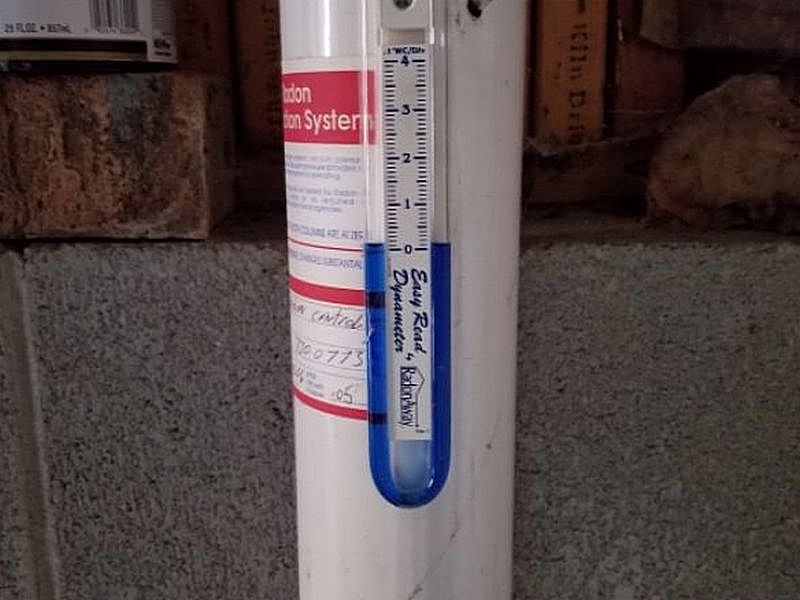
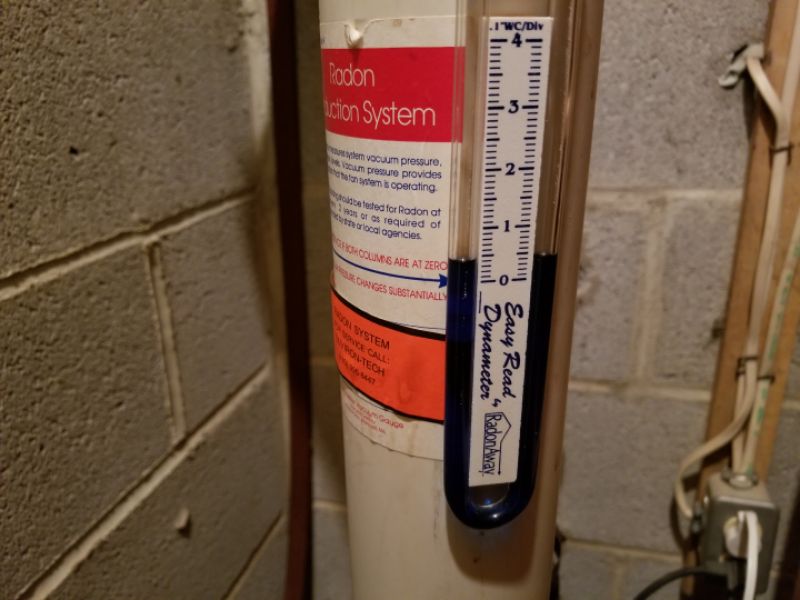
The radon gas mitigation system pressure monitor is inoperative. This indicates either the system is not turned on, the pressure device is faulty, or the mitigation fan has failed. Hire a radon contractor for an evaluation and to repair the system as needed.
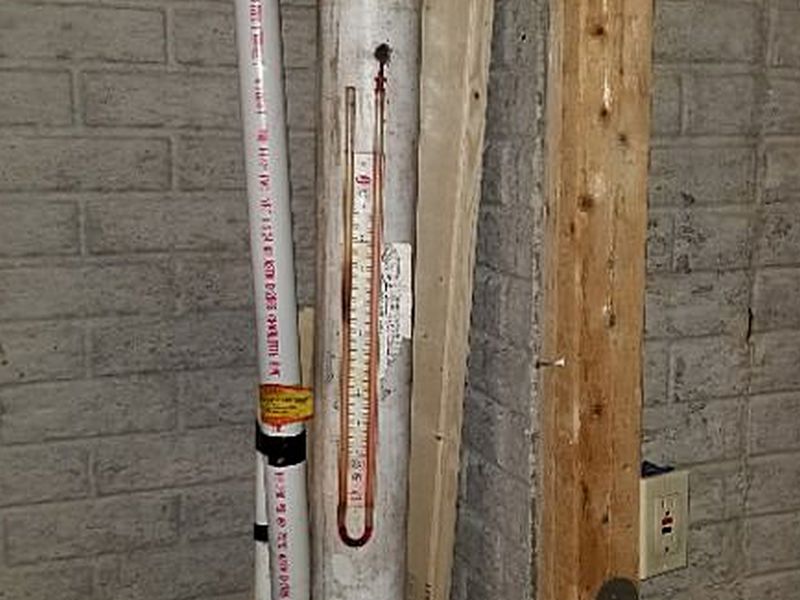
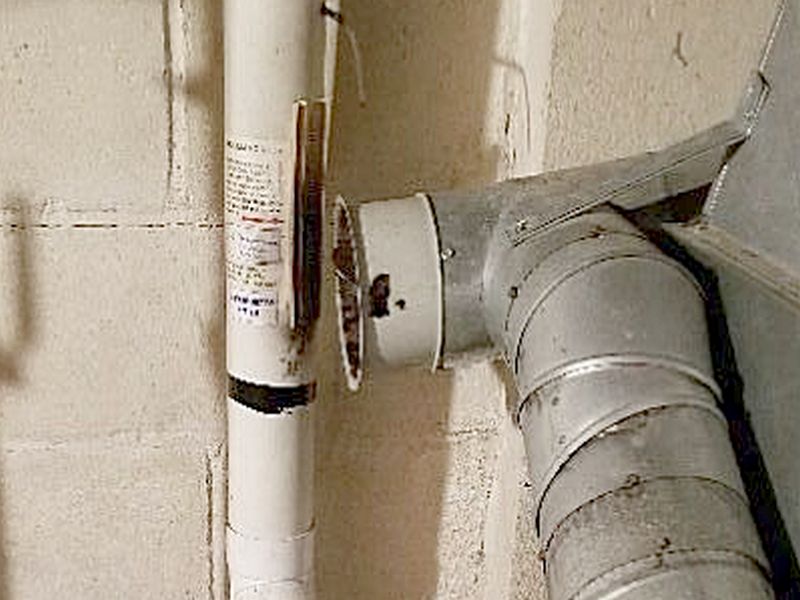
The radon gas mitigation system vent fan is improperly located. It must be on a vertical pipe and outside of the home’s living envelope. Hire a radon contractor for an evaluation and to repair the system as needed.
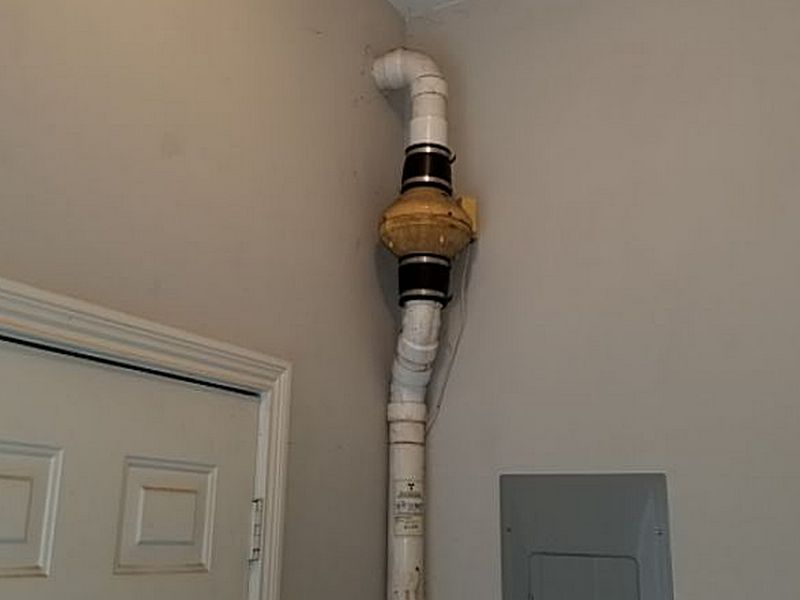
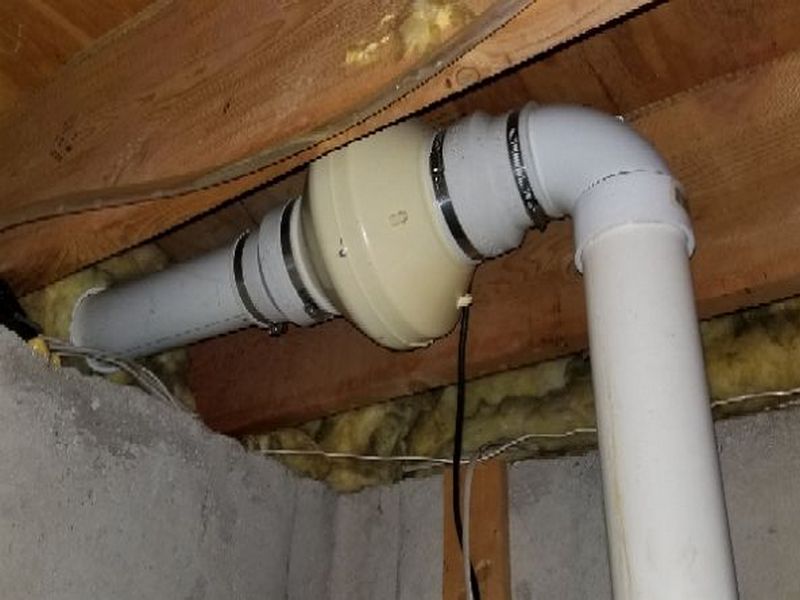
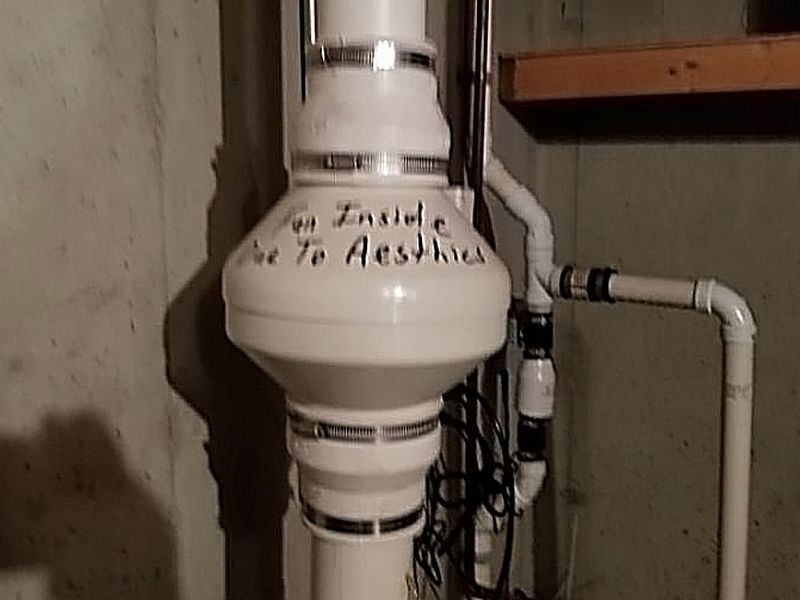
The radon gas mitigation system vent pipe is defective. It must be completely sealed, properly supported, and terminate according to accepted protocols. Hire a radon contractor for an evaluation and to repair or replace the system as needed.
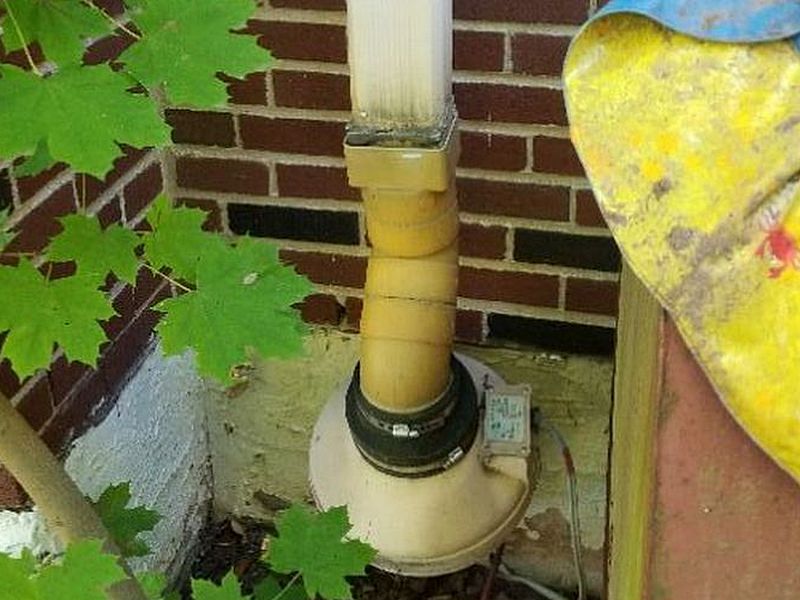
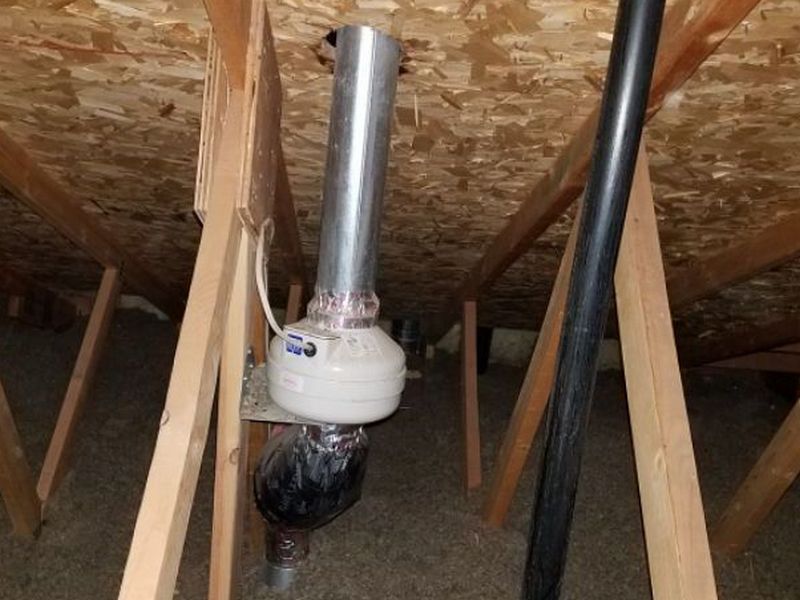
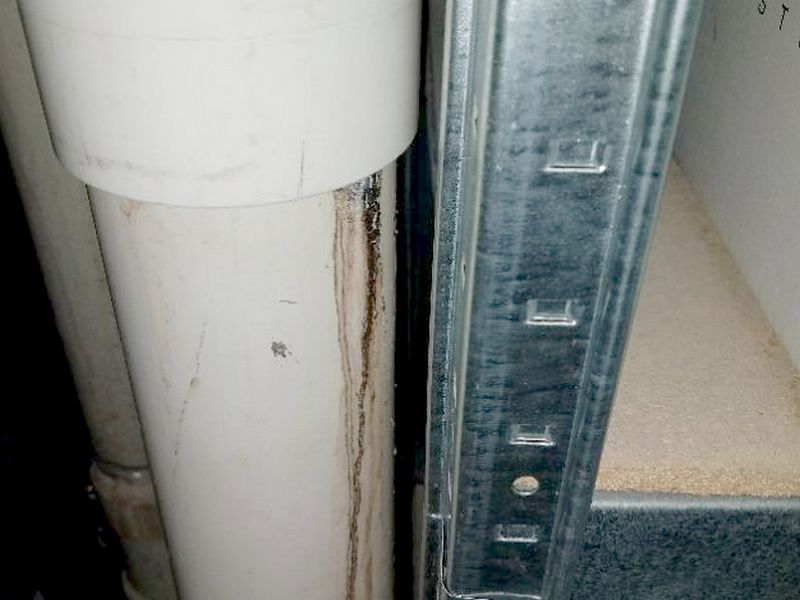
The radon gas mitigation system vent pipe termination is incorrectly positioned. This risks allowing discharged radon gas back into the home. Hire a radon contractor for an evaluation and to repair the system as needed.
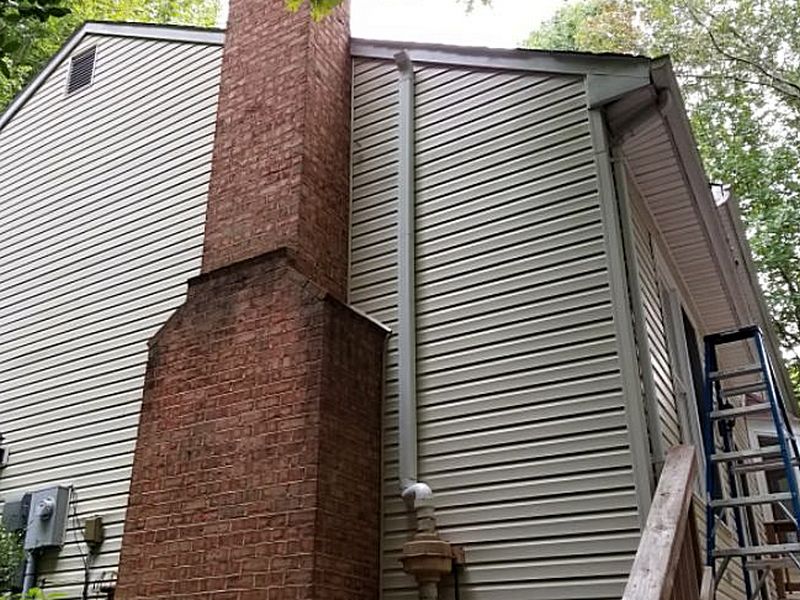
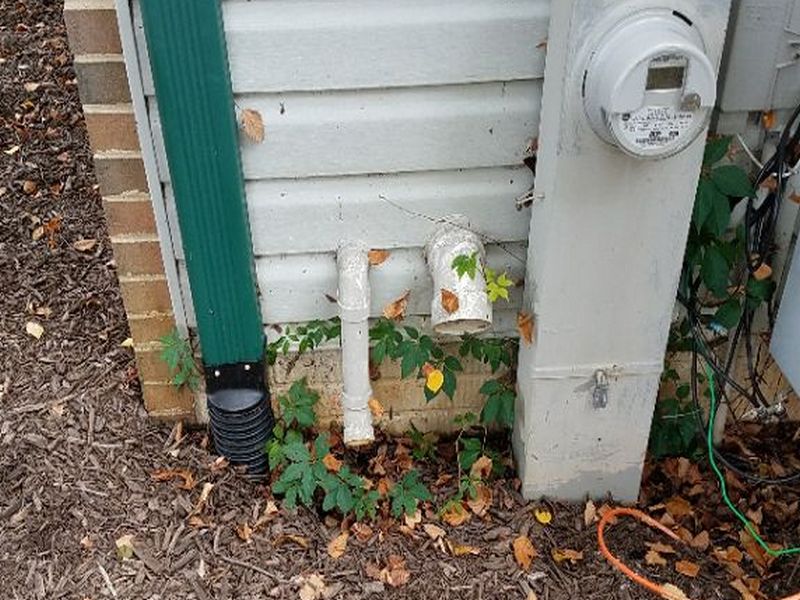
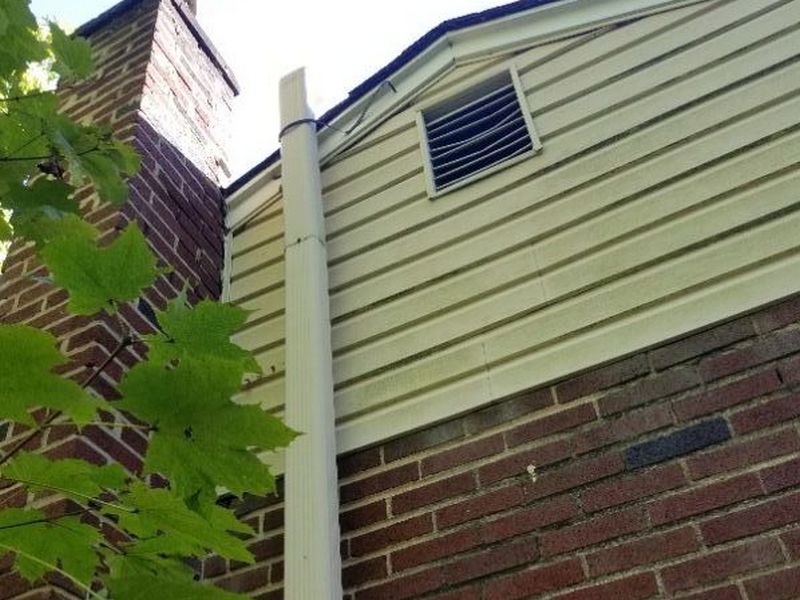
The radon gas mitigation vent pipe is standard metal downspout material. This is contrary to accepted safe practices. Hire a radon contractor for an evaluation and to repair the system as needed.
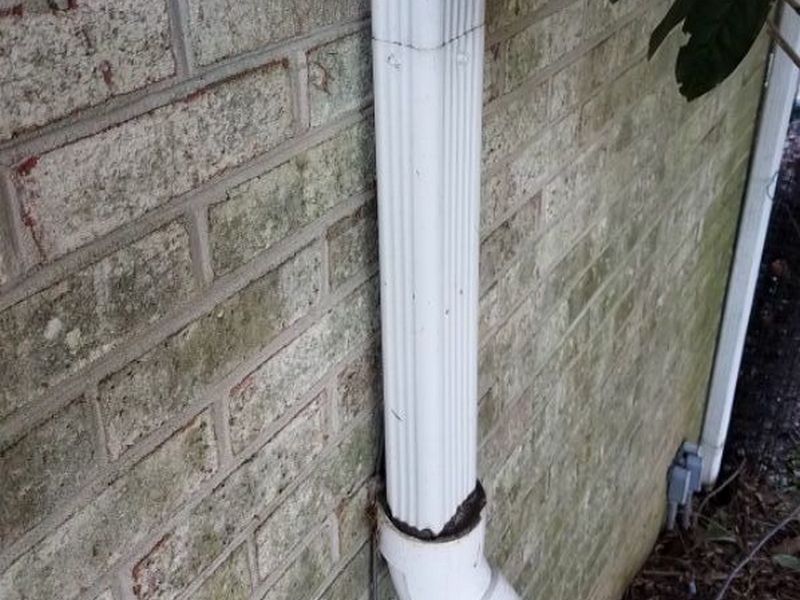
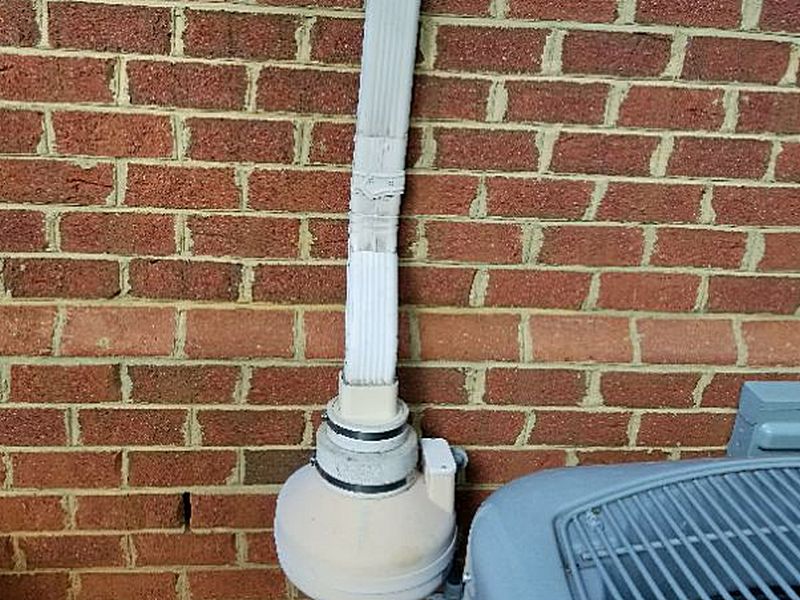
The radon gas mitigation system vent piping is not labeled properly. Standards require that the vent pipe be labeled Radon Reduction System on each level where pipe is visible. Properly label the vent pipe.
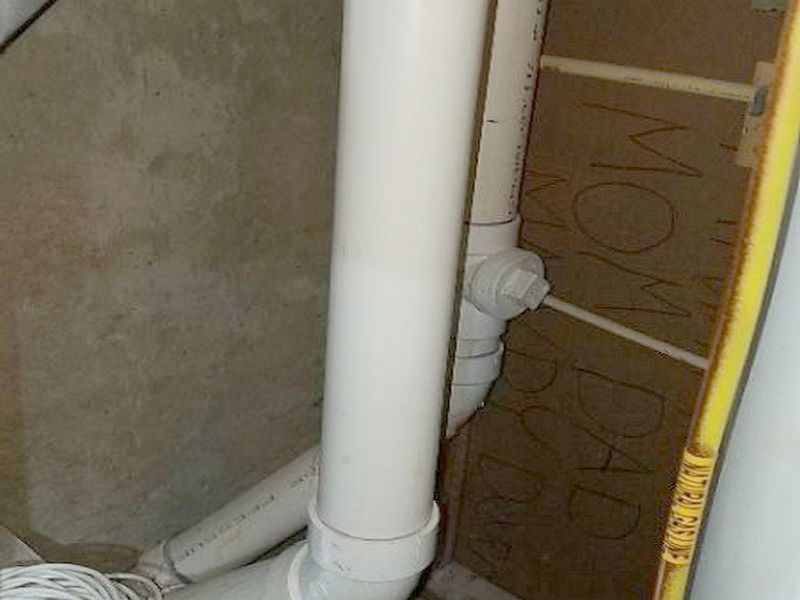
The radon gas mitigation system circuit breaker is not clearly labeled. This is contrary to accepted safe practices. Properly label the circuit breaker.
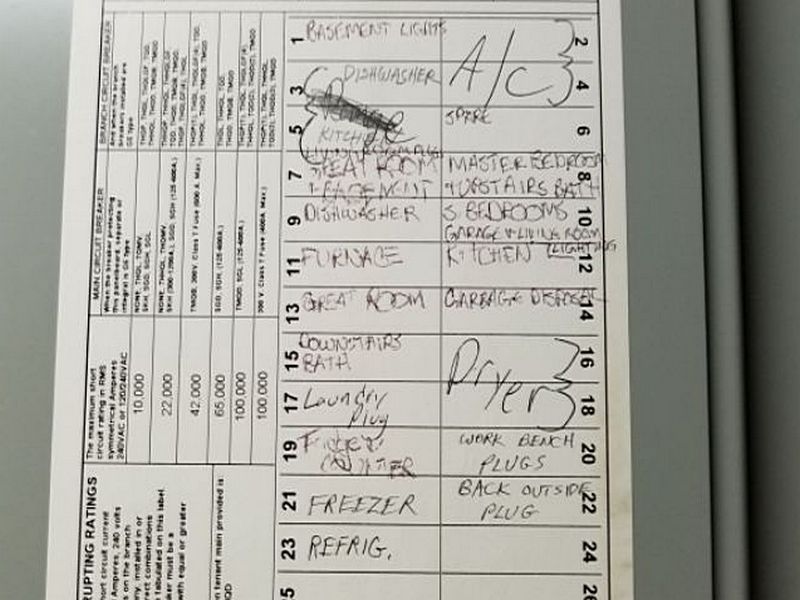
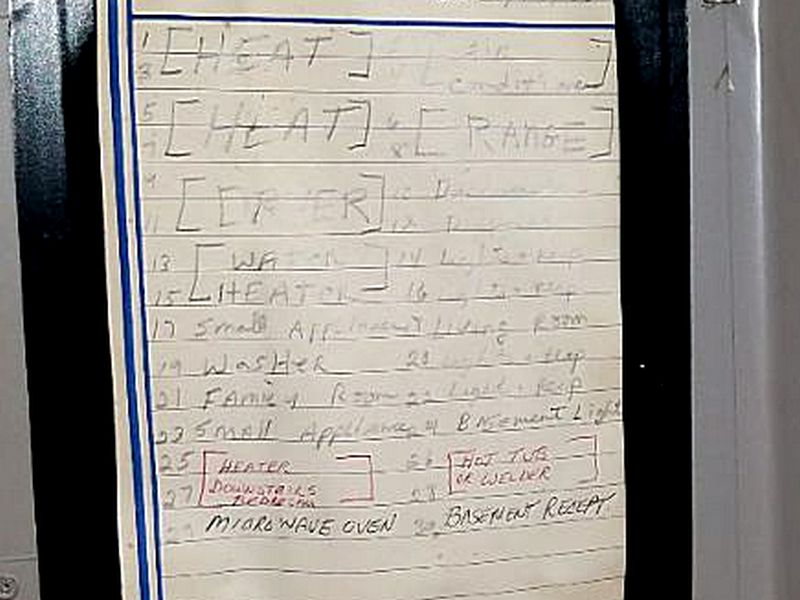
The radon gas mitigation system vent fan power supply is >6′ long. This exceeds the maximum allowable length. Hire an electrician to replace the power supply.

